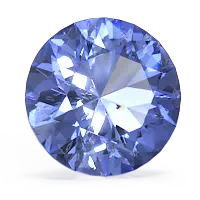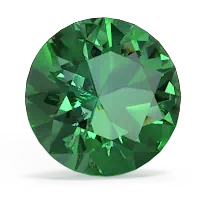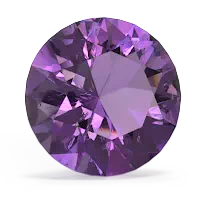


Tanzanite is the gem of fortune and luck. A tanzanite pendant is said to ease stress and free one from bad habits. Emerald is associated with Venus, the Greek goddess of love and beauty. They say an emerald pendant can protect lovers from unfaithfulness. An amethyst pendant is said to bring spirituality, tranquility and peace to the wearer. It is even said to help one succeed in business.